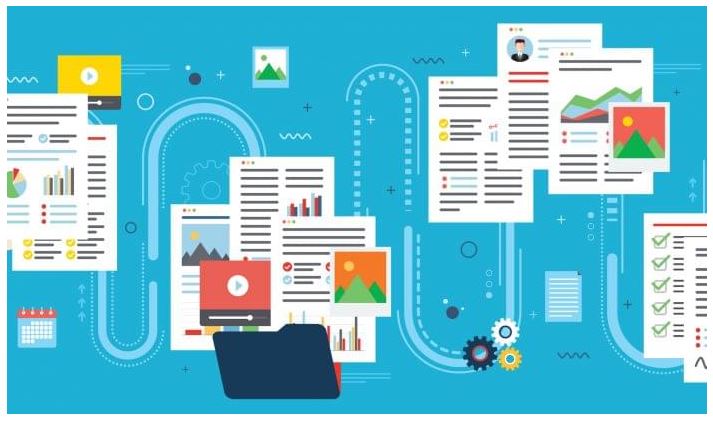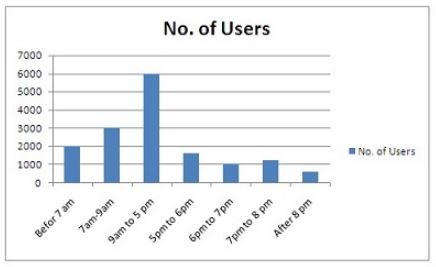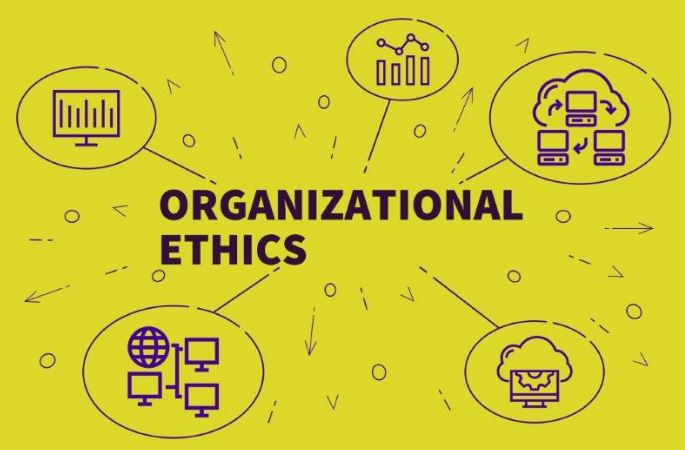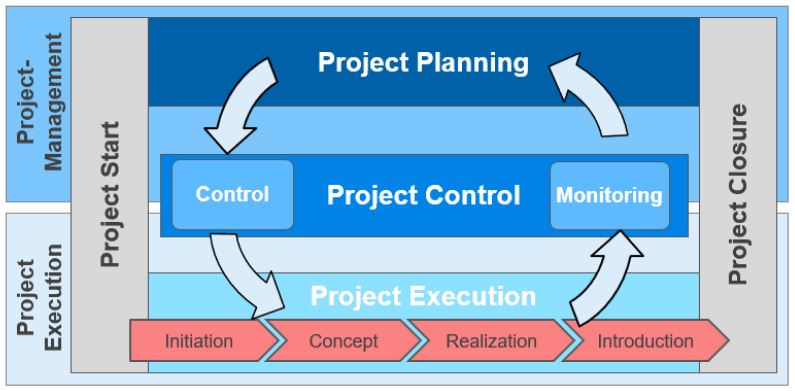Resource Management in Projects
Resource Management in Projects MBA – Resources include all the necessities that are utilized in the execution of a project. They include from equipment, place, people, and money among other resources. A wide range of resources must be assigned to each project management activity for it to be actualized.
Before assigning resources to any project, it is crucial to ensure that they are available. Resource availability ranges from information associated with which resources are required for during project execution, to when and how they are available.
However, due to various reasons such as occurrence of unplanned risks, resources often fall short, which tends to considerably delay the delivery of the project (Sepasgozar, Razkenari & Barati, 2015). As a result, project managers find themselves under pressure to deliver their project as planned.
Although resources are constrained, one’s ability to control and manage them to successfully address the project’s needs is not; therefore, it is essential to integrate various interventions to address or minimize avoidable causes of resource shortage in project management when planning and scheduling project execution.
Causes of Lack of Adequate Project Resources
One of the main steps that is considered after noticing that the assigned resources are not adequate for project execution is identifying the context. Resources can range from personnel to material and the condition that resulted in the stretch of the resources to a breaking point. Several reasons are behind resource shortages including new technology, unforeseen events, poor planning and emergence of high-priority projects.
Resource Management in Projects and New Technology
In recent times, technology has become a backbone of many sectors and organizational aspects including project management. Due to the ever-changing technological trends, a mismatch in technology that was planned to be used and the technology that is eventually used in project execution can have far-reaching consequences in the execution budget (Sepasgozar, Razkenari & Barati, 2015).
The case is so because the project manager can be working on software programs that are advanced than they can support or there is lack of adequate skills to work on that technology. As a result, it creates a personnel shortage.
For example, big data has been one of the most influential technologies in most industries, with companies taking advantage of the numerous data available to them in various formats to assess and predict the future consumer behaviors and marketing decisions.
However, the integration of big data as a project will require a team that is competent in developing, analyzing and using the architecture and an organization that has integrated the necessary architecture. Therefore, lack of such skills or the necessary infrastructure means that the project will be significantly delayed due to lack of adequate resources.
Unforeseen Events
In project planning, the team prepares a risk assessment and analysis plan that helps in identifying and establishing a mitigation plan for potential uncertainties. However, there are various risks that cannot be planned for such as people getting sick, taking unplanned off, death or even other non-human factors that can suddenly impair the supply of resources (Kerzner, 2019).
These unplanned risks cause resource shortages either directly or indirectly. For instance, a chief project engineer can fall ill in the middle of the project, which makes his services unavailable and the project team may lack his or her expertise to execute the project as planned, thus causing a sudden personnel shortage because hiring another engineer may also be a difficult task due to their numbers in the labor market.
Therefore, such an incident causes a direct impact on the resource supply. In an indirect case, the occurrence of floods in an area where building materials were being sourced can trigger supply shortages because the construction material may be temporarily unavailable until when the floods are over or an alternative source is found. That being the case, it can significantly delay the completion of a project as planned.
Poor Planning and Resource Management in Projects
One of the most essential tools that are utilized in project implementation is the plan. The plan entails all the steps and resources that will be required during the implementation phase. Planning involves estimation of resources and task lists that will be utilized and is often used to calculate cost estimates.
When planning is done poorly, it results in wrong estimations, which further leads to resource constraints. (Kim, Chang & Castro-Lacouture, 2020) For instance, if the plan estimates a budget of about $1 million to implement a certain project like constructing a camp, then the actual budget after sourcing the raw materials is $900,000 then it means that the financial resources were poorly planned for since they will not be enough to complete the project unless it is extended.
Emergence of Higher Priority Projects
Organizations often run multiple projects at a time, with each having its own priority levels. When one projects with a higher priority is launched, more attention and resources are allocated to that particular project to ensure that it is completed within the estimated time frame.
As a result, some of the resources may be pulled from one project to another, thus limiting or the available resources. As a result, resource shortage is triggered, which ends up extending the project implementation time.
Addressing Resource Shortage in Project Management
Since shortage of resources is bound to occur at any time of project implementation, it is important for project manager to be aware of what steps or processes that he or she should take to enhance resource management in projects.
One of the key steps to take after encountering resource shortage is identifying the situation behind it and its implications on the project (Kerzner, 2019). By doing so it helps the project manager to determine why it occurred and figure out its impact on the overall project implementation.
Without such knowledge, a project manager cannot resolve the resource shortage challenge since they are not in a position to identify the root cause of the problem.
The second step is leveraging the change regulation board. While resource shortage is an issue that is perceived as a problem that a project manager alone can address, it is not. Involving the change regulation board can be helpful as they can help by providing multiple options available to resolve the issue.
Their recommendations can result in optimization adoption of an option that optimizes resource usage. Besides, if the options available cannot address the demand for additional resources, then they can opt to allocate them and allow the project manager to re-baseline his or her project.
Recommendations to Address the Resource Shortage Problem
There are various strategies that one can adopt to address minimize resource problem. Some of them include monitoring the resources and creating a well-analyzed resource plan.
Monitoring Resources Being Used in the Project
One of the most recommendable strategies to managing resources is monitoring them throughout the entire project. With the advanced technology, there are various approaches that can be used to track resources such as the use of tracking software.
These software programs are embedded with several functionalities such as tracking resource availability, managing workload allocation, viewing project schedules, and monitoring resource productivity. That being the case, one can effectively track project resources in real-time, thus pushing everyone working in the as accountable as possible while minimizing wastage.
Creating a Well-Analyzed Resource Plan
Developing a thoroughly analyzed resource plan enables one to capture all the necessary details and resources required in project implementation. To begin with one can, create a thoroughly evaluated list of the resources needed, the quantity of each resource, and scheduling them to meet the desired deadline (Mavi & Standing, 2018).
Adhering to that list is defined as the schedule since one is required to figure out the duration of each resource and it effect on the schedule. There are various strategies in which the resource plan can be optimized to ensure that it does not vary significantly with the actual resources used.
One of the options is seeking for expert judgement, whereby an expert who has previously done similar projects is consulted. Consulting such personnel can help in developing a realistic resource plan since they have an actual experience about the project (Watt, 2014).
Secondly, project managers should conduct an alternative analysis because it ensures that only the optimal option is selected, which will less likely cause resource constraints. The third strategy that can be adopted to enhance the resource plan’s efficiency is by researching on published speculated data. Project managers should research on books, periodicals, journals, and articles about similar projects as it may help in getting crucial data about similar projects.
Conducting a bottom-up estimation can be an effective approach to integrating an effective resource plan. The case is so because it enables complex activities that are difficult to plan for to broken down and simplified into several manageable pieces.
Resources are then assigned on each piece and then combined together to get the entire estimated resource project plan. Lastly, incorporating a reserve analysis can be a beneficial strategy to addressing deadline pressure caused by any factor outlined. The case is so because project managers add an additional time to the planned schedule, which helps them account for any extra risk that may occur along the way.
Conclusion
Although resources are constrained, one’s ability to control and manage them to successfully address the project’s needs is not; therefore, it is essential to integrate various interventions to address or minimize avoidable causes of resource shortage in project management when planning and scheduling project execution.
There are various causes of lack of adequate resource including but not limited to poor planning, new technology, unforeseen events, and emergence of high-priority projects. These factors limit resource availability in various ways discussed therein.
When a resource shortage is identified, there are two steps that the project manager should consider in order to excellently address the issue. One of them is identifying the situations that triggered the shortage and assessing its impact.
Secondly, they should consider involving the control board as they can help with ideas that when deployed can address the issue. Lastly, the recommended solutions to the resource problem include developing an informed resource plan and monitoring those resources as the project is being implemented. With these tips, a project manager can execute his or her project while addressing the resource problem issue, thus driving project success.
Keywords: Strategic Planning, Risk Management, Stakeholder Collaboration, Scrum and Agile Methodologies, Change Management, Data Analysis, Project Lifecycle, Process Improvement, Workflow Optimization, Training & Mentoring, Strategic Planning, Risk Management, Stakeholder Collaboration
References
Kerzner, H. (2015). Project management 2.0: leveraging tools, distributed collaboration, and metrics for project success. John Wiley & Sons.
Kerzner, H. (2019). Using the project management maturity model: strategic planning for project management. John Wiley & Sons.
Kim, S., Chang, S., & Castro-Lacouture, D. (2020). Dynamic modeling for analyzing impacts of skilled labor shortage on construction project management. Journal of Management in Engineering, 36(1), 04019035.
Mavi, R. K., & Standing, C. (2018). Critical success factors of sustainable project management in construction: A fuzzy DEMATEL-ANP approach. Journal of cleaner production, 194, 751-765.
Sepasgozar, S. M., Razkenari, M. A., & Barati, K. (2015). The importance of new technology for delay mitigation in construction projects. American Journal of Civil Engineering and Architecture, 3(1), 15-20.
Watt, A. (2014, August 14). 11. Resource Planning – Project Management. Pressbooks.
Resource Management in Projects Relevant Posts
Risk Management Strategies MBA Project
Did you find any useful knowledge relating to resource management in projects in this post? What are the key facts that grabbed your attention? Let us know in the comments. Thank you.






